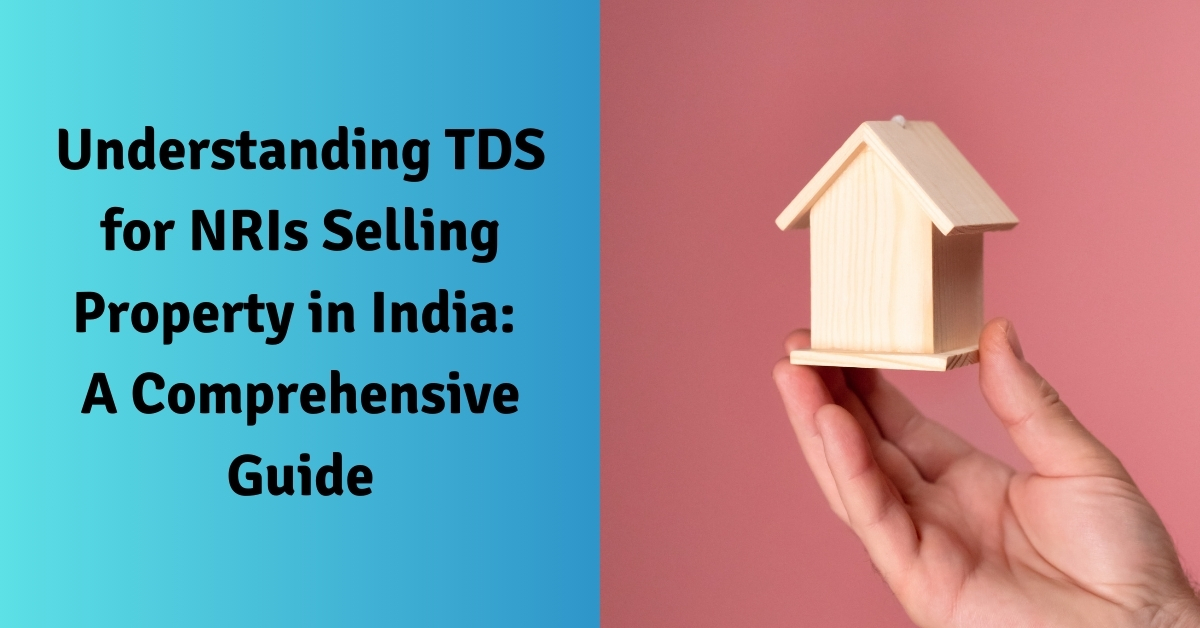Understanding TDS for NRIs Selling Property in India: A Comprehensive Guide
Understanding the Tax Landscape for NRI Property Sales
Did you know that selling a property in India comes with unique tax challenges for Non-Resident Indians (NRIs)? While Indian residents pay just 1% Tax Deducted at Source (TDS), NRIs face a significantly higher TDS rate ranging from 20% to 30%. This substantial difference can create considerable financial strain, but fortunately, there are strategic ways to reduce your tax burden.
What Exactly is TDS?
Tax Deducted at Source (TDS) is a method of tax collection in India where the payer withholds a specific amount of tax before making a payment to the recipient. This mechanism ensures immediate tax collection and is particularly crucial in property transactions.
How TDS is Calculated
The TDS rate for property sales primarily depends on two critical factors:
- The holding period of the property
- The applicable income tax slab rate
Here’s a breakdown:
- Long-term capital gains are typically taxed at 20%
- Short-term gains are taxed according to the individual’s income tax slab rates
Navigating TDS Reduction: Key Strategies for NRIs
Section 195(2): Reducing Taxable Property Value
Section 195(2) provides a lifeline for NRIs looking to minimize their TDS liability. Here’s how it works:
- The buyer can apply to the Assessing Officer to determine the exact taxable portion of the sale
- Factors like indexed cost of acquisition, brokerage, and advertisement costs can be considered
- This approach can significantly reduce the TDS amount by taxing only the actual gain
Section 197: Obtaining a Lower TDS Certificate
Section 197 offers another avenue for NRIs to manage their tax liability:
- NRI sellers can apply for a certificate that allows lower or no TDS
- Using Form 13, sellers can request a reduced TDS rate based on their overall tax liability
- The Assessing Officer reviews the application and may issue a certificate with a lower TDS rate
Practical Tips for NRI Property Sellers
- Prepare Documentation: Gather comprehensive documentation including purchase price, purchase date, and renovation expenses
- Apply Early: Submit Form 13 well in advance of the property sale
- Consider Reinvestment: Reinvesting capital gains in India can help lower TDS and tax liability
- Collect Proof: Always obtain Form 16A from the buyer for your records
Remitting Funds Outside India
After selling your property, you’ll need to navigate the process of sending funds abroad:
- Submit Form 15CA and Form 15CB to your bank
- Form 15CA can be filled by you or a Chartered Accountant
- Form 15CB must be completed, signed, and stamped by a CA
- NRIs can send a maximum of $1 million USD per calendar year
Key Considerations
Important Conditions for Lower TDS
- You must be up-to-date on tax payments and returns
- No previous defaults in tax, interest, or penalty payments
- Provide accurate and comprehensive documentation
Conclusion
Navigating TDS as an NRI selling property in India can be complex, but with the right knowledge and preparation, you can significantly reduce your tax liability. Always consult with a certified financial planner or tax expert to guide you through the process.
FAQs
1. What is the standard TDS rate for NRIs selling property?
A: The TDS rate for NRIs typically ranges between 20% to 30%, compared to just 1% for Indian residents.
2. Can I reduce my TDS liability?
A: Yes, by applying under Sections 195(2) or 197, you can potentially lower your TDS rate.
3. What documents do I need to apply for a lower TDS rate?
A: You’ll need documents showing purchase price, purchase date, renovation expenses, and Form 13.
4. How much money can I send outside India after selling a property?
A: NRIs can remit up to $1 million USD per calendar year.
5. Do OCI cardholders have the same TDS rules?
A: Yes, the lower TDS certificate applies to both NRIs and OCI cardholders.
6. What is Form 15CA and 15CB?
A: These are forms required to remit money outside India, proving tax compliance.
7. How is TDS calculated on property sales?
A: TDS depends on the property’s holding period and your income tax slab rate.
8. Can I get a refund if too much TDS is deducted?
A: Yes, you can apply for a refund of excess TDS at the end of the tax year.
9. What if I have a co-owner of the property?
A: Both co-owners need to submit Form 13 to reduce TDS.
10. How long does the process of getting a lower TDS certificate take?
A: The timeline varies, but it’s advisable to start the process well before the property sale.




